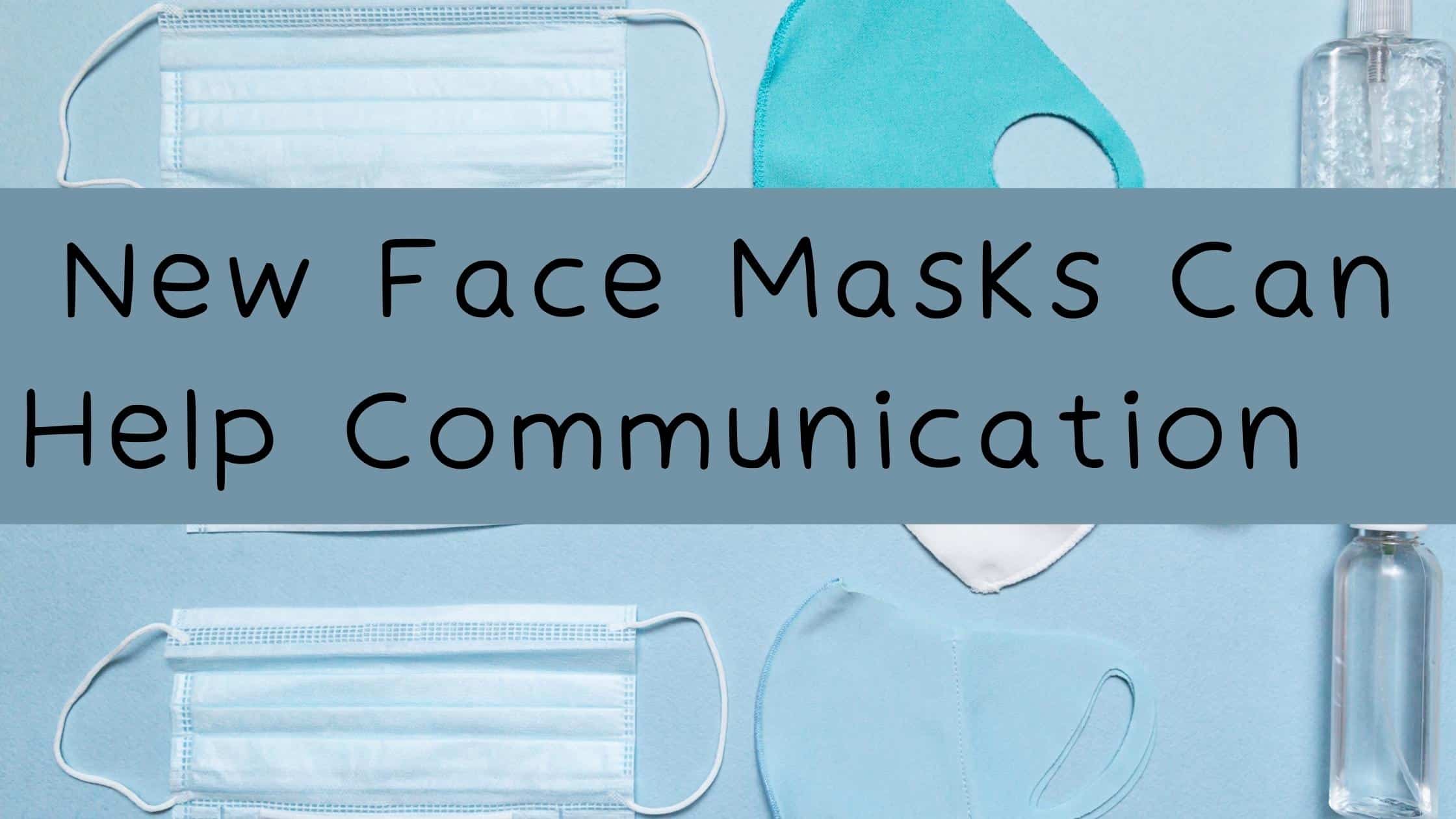
Researchers at the University of Manchester in the U.K. are leading the effort to develop new face masks that help communication. With the ongoing pandemic, people are encouraged (and required in most places) to take important precautions to reduce their risk of developing and spreading Covid-19. This includes wearing face masks and practicing social distancing. These necessary practices present specific challenges for people with hearing loss. As masks have become integrated into daily life, it is useful to know how to best navigate their use while maximizing your hearing.
Impact of Masks on Communication
People who experience hearing loss utilize various strategies to support hearing. Masks can present access to these strategies in addition to making it difficult to hear. Key challenges they present include:
- Covers Mouth: the most obvious barrier to communication is that masks cover the entire mouth. This restricts visibility, limiting the visual cues that are part of communication. Visual cues help us gain greater context and a better sense of what is being communicated. This is particularly useful for people with hearing loss because visual cues provide more insight to the conversation. Lip reading is a helpful way that people with impaired hearing follow a conversation. It helps people identify individual words, making it easier to hear and process what is being said. When the mouth is covered, people aren’t able to access these visual cues.
- Muffles Sound: wearing masks, especially if they’re too tight, can also restrict mouth movement. The impact on muscle movement makes it difficult to enunciate and changes sound. As you have likely experienced, speaking while wearing masks, muffles sounds. This can make words unclear and difficult to distinguish.
- Background Noise: background noise can always be challenging for people with hearing loss. Noisy settings are distracting and provide competing sound for the brain to process; overwhelming the auditory system. The presence of background noise in addition to not having access to visual cues and already strained sound; hearing becomes even more challenging.
These challenges can strain communication and hearing which can be increasingly unpleasant to experience in this already stressful time. But there are ways you better support your hearing while wearing masks.
Tips for Effective Communication with Masks
There are a few useful tips you can practice to make communication easier including:
- Comfortable Fit: be sure to wear masks that are comfortable, avoiding a tight fit. When masks are too tight, speech becomes even more difficult to hear. Masks should feel comfortable on your face and around your ears.
- Avoid Background Noise: when you can, avoid having conversations in places with lots of background noise. Opting for quieter settings can really maximize your hearing and facilitate an easier exchange with others.
- Use Nonverbal Cues: while the mouth being covered is a barrier, you can try to emphasize body language. This could look like using more hand gestures, arm movements, eyebrow expressions etc. which can help provide more context.
- Avoid Multitasking: because wearing masks present more challenges for communication, it is important to be even more present and focused during conversations. One way to help you be fully engaged is to avoid multitasking while having a conversation.
- Speak Slower: taking your time with what you are saying can help with annunciation and clarity. Speaking slowly can minimize the slurring of words and can really help others hear more clearly.
It is important to acknowledge that the impact of masks and social distancing on communication and extend greater patience with yourself and others. These strategies can help you have easeful conversations that better support your hearing health.
New Masks on the Horizon
In addition to these strategies, greater support may be on the way! Researchers have received funding to improve masks, specifically for people with audio and visual impairments. The goal is to produce an accessible design for reusable masks that can be produced and distributed widely. This collaborative effort is in the research phase and the team involves manufacturing experts in addition to people with hearing loss who will inform the process. Stay tuned for updates on this existing research and available options to best support your hearing needs!
If you believe you can benefit from hearing assistance, contact us today! We provide comprehensive hearing health services, from hearing testing to hearing aid fittings. Our team can help you hear at your best.
